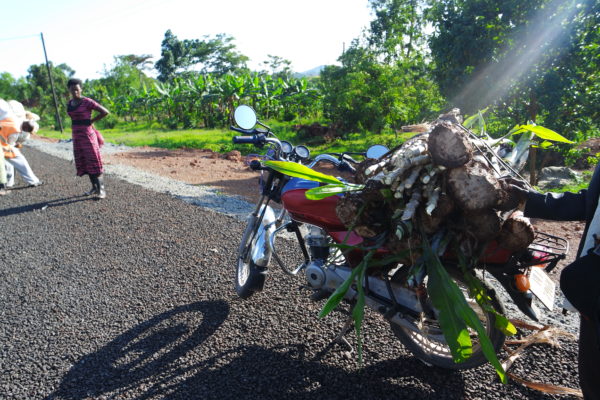Overview
Seed tracing can be used to map seed flows, especially as farmers multiply new varieties and distribute them in the informal seed system. The data set can form the basis of an Impact Network Analysis (INA): it forms a ‘minimum data set.’ Mapping the seed flows helps to understand germplasm distribution, conservation, and the spread of seedborne pathogens in a seed system. A network analysis highlights social dimensions of a seed system. For example, it can show how seed access and exchange depend on gender or on household wealth.
It can also reveal which farmers have better access to formal seed. When tracing seed (through snowball sampling), data can be collected on transactions between actors, including volumes, quality and prices. The transactions form the links in the network analysis and the nodes represent the actors, such as breeders, seed multipliers and farmers. Gender, wealth, location and other information can be collected from these actors, depending on the research question.
Examples of questions that the tool can address
- How is a new variety spreading from farmer to farmer?
- How do men and women share seed in different ways?
- What does that mean for effective introduction of quality planting material?
For more information on the tool
Contact Fleur Kilwinger (Wageningen University & Research): Fleur.Kilwinger@wur.nl


